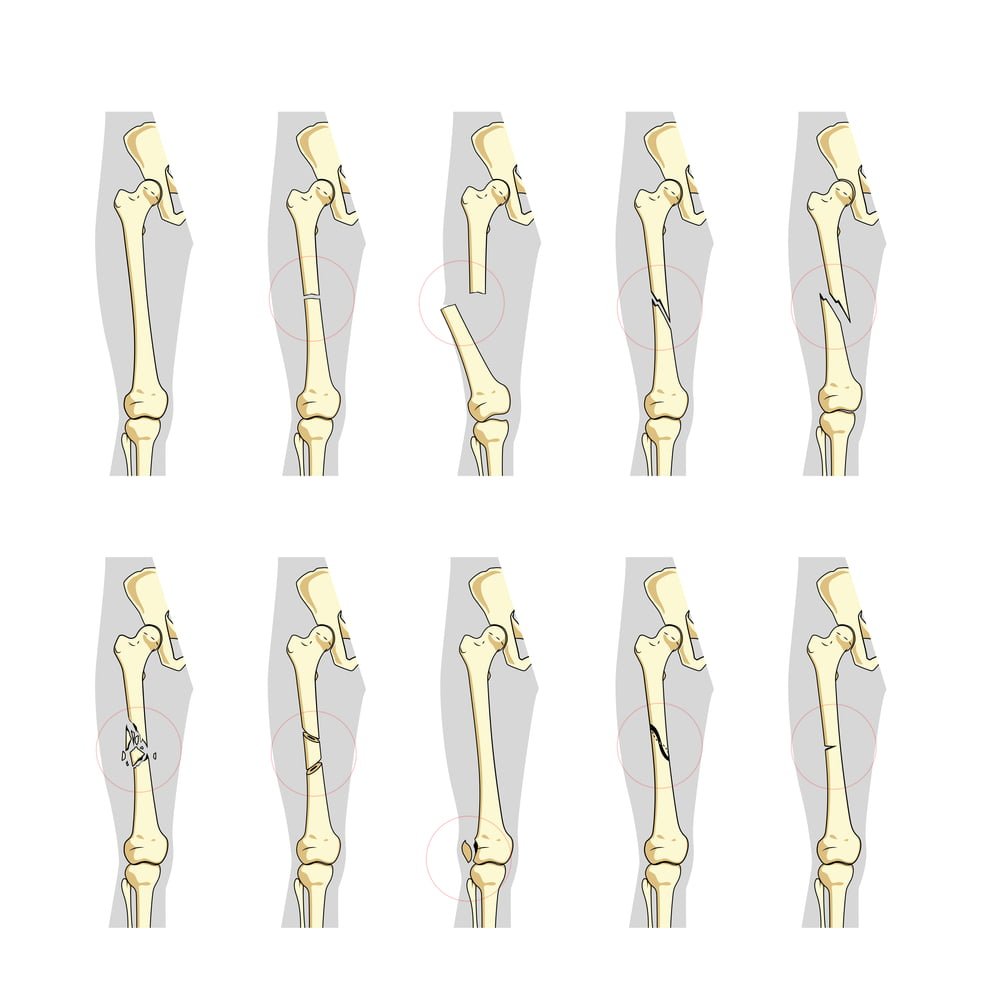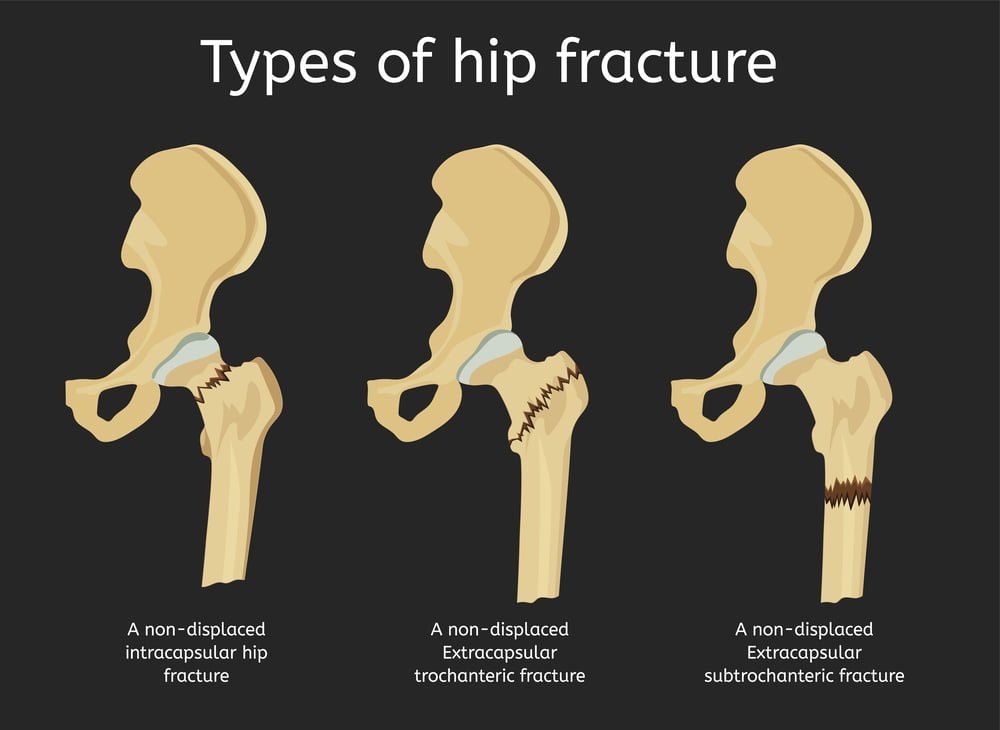
Millions of people across the nation experience bone fractures, often known as broken bones, each year. These excruciating wounds take time to heal and are frequently brought on by sports injuries, auto accidents, or falls. When a force applied to a bone is greater than the bone can withstand, a broken bone or bone fracture results. This affects the bone’s strength and structure, causing pain, loss of function, and occasionally bleeding and damage nearby.
Bones make up our skeleton. A form of connective tissue, bones are strengthened by calcium and bone cells. Blood cells are created in the marrow, a softer center found in bones. Our skeleton supports our body, allows for movement, and shields our internal organs, among other things.
Bone fractures come in several forms. Depending on the force’s strength and direction, the individual bone affected, the person’s age, and overall health, some injuries are more serious than others. Bone fractures in the wrist, ankle, and hip are common. Older persons are most likely to suffer from hip fractures.
Depending on the type of break, the patient’s age, health, and other factors, the healing time for broken bones ranges from four to eight weeks.
What types of bone fractures are there?
Based on its characteristics, a bone fracture can often be classified by medical professionals. The categories include:
Open or closed fractures
A closed fracture occurs when an injury prevents the skin from being torn open. It is referred to as an open fracture or complicated fracture if the skin does break open.
Complete fractures
The bone is entirely broken through, causing it to split in half.
Displaced fractures
Where the bone breaks, a gap develops. Surgery is frequently required to repair this injury.
Partial fractures
The bone is broken, but not completely.
Stress fractures
The bone develops a crack, which imaging might sometimes have trouble detecting.

To differentiate between partial, complete, open, and closed fractures, a healthcare professional may use additional terms. These terms include:
Avulsion
When a tendon or ligament tears a piece of bone away. While tendons secure muscles to bones, ligaments link one bone to another.
Comminuted
The bone breaks up into numerous pieces.
Compression
The bone is flattened or crushed.
Impacted
Bones are impacted and driven collectively.
Oblique
The fracture crosses the bone in a diagonal direction.
Spiral
Around the bone, the fracture spirals.
Transverse
The fracture runs parallel to the bone.
What causes bone fracture?
Despite their strength, bones can break. Breaks typically occur when a bone collides with a bigger force (getting thrown forward in a car crash, say). Additionally, repeated stresses, such as those from running, can break a bone. These kinds of wounds are referred to as stress fractures by medical professionals.
Osteoporosis, which weakens bones as you age, is another cause of fractures. Older people should discuss their risk with a healthcare professional because it’s a serious condition.
What symptoms do bone fractures have?
Fractures are distinct from other skeleton-related injuries like dislocations, even though sometimes it can be difficult to tell the two apart. A person may occasionally suffer from multiple types of wounds. When in doubt, treat the wound as a fracture.
Depending on the specific bone and the seriousness of the injury, a fracture may cause the following symptoms:
- Pain
- Swelling
- Bruising
- Deformity
- Inability to use the limb.
Tests for the bone fracture
X-rays
This technique creates a two-dimensional image of the fracture. Healthcare professionals frequently start with this imaging.
Bone scan
Medical professionals utilize a bone scan to detect fractures that aren’t visible on an X-ray. This scan takes longer—typically two visits separated by four hours—but it can aid in the discovery of some fractures.
CT scan
A CT scan produces precise cross-sections or slices of the bone using computers and X-rays.
MRI
Using powerful magnetic fields, an MRI produces incredibly precise images. An MRI is frequently used to identify stress fractures.
Diagnosis and treatment of bone fractures
X-rays help doctors identify bone fractures. Additionally, they might make use of MRI and CT images (magnetic resonance imaging).
The goal of medical care is to ensure that the bones are properly aligned so that they can mend on their own. The bone must totally regain its strength, mobility, and sensitivity. Surgery or surgical traction may be required for some severe fractures (or both).
Treatment options can vary depending on where and how severe the fracture is.
Splints – to stop movement of the broken limb
Braces – to support the bone
Plaster cast – to provide support and immobilize the bone
Traction – a less common option
Surgically inserted metal rods or plates – to hold the bone pieces together
Pain relief.
Treatment of bone fractures
Major treatment options for bone fractures are:
Open reduction, and internal fixation
In open reduction and internal fixation, the fracture is treated surgically. Often, metal rods, screws, or plates are used to mend the bone, and they are left in place beneath the skin following the procedure. This surgery is advised for difficult fractures that cannot be minimized (realigned) by casting or when wearing a cast for an extended period of time would be undesirable.
Open reduction, and external fixation
This includes both surgically repairing the fracture and attaching an external fixation device to the fractured limb. This apparatus, which resembles an external frame, holds the bone in place while it heals and supports it. Complex fractures that cannot be treated with open reduction and internal fixation typically require the use of this procedure.
How long does it take a fracture to heal?
The healing process begins when blood clots form on the ends of shattered bones. The two bone fragments are joined together by the body over the course of around five weeks using a combination of cartilage and fibrous cells.
The callus is a temporary bone and is not as sturdy as actual bone. Until the true bone gradually replaces it, it might break easily. Because of this, the doctor might take off your cast or splint after a few weeks, but you still need to take extra care of the bone for at least another month.
Complications of bone fractures
As with many injuries, a fractured bone can lead to complications. These can include:
- Poor alignment of the limb
- Infection
- Wrongly fitted plaster cast (for example, too tight or too loose).
Orthopedic implants to fix bone fractures
Orthopedic implants are required in cases of severe fractures that require realignment and fixation for appropriate healing or when bone regeneration completely fails, resulting in bone defects. The design of these implants must take into account the material’s biocompatibility, mechanical, surface, chemical, and failure properties in order for the implant to closely resemble the biomechanical characteristics of bone, integrate with the surrounding tissue, and maintain its integrity for the required amount of time.
Conclusion
Bone is a dynamic tissue that is constantly changing. In the event of an injury, bone has the ability to recover by regaining its mechanical and biological characteristics from before the harm. For the fixation of bone Fracture, Zealmax Ortho manufactures high quality orthopedic implants which are easy to use and quick to place. All the orthopedic implants are available in high grade PEEK, SS & titanium materials.

